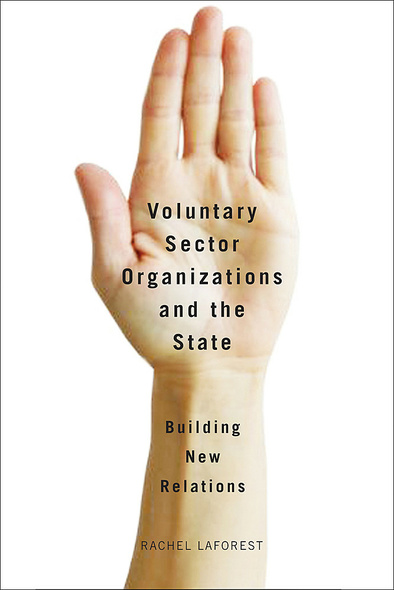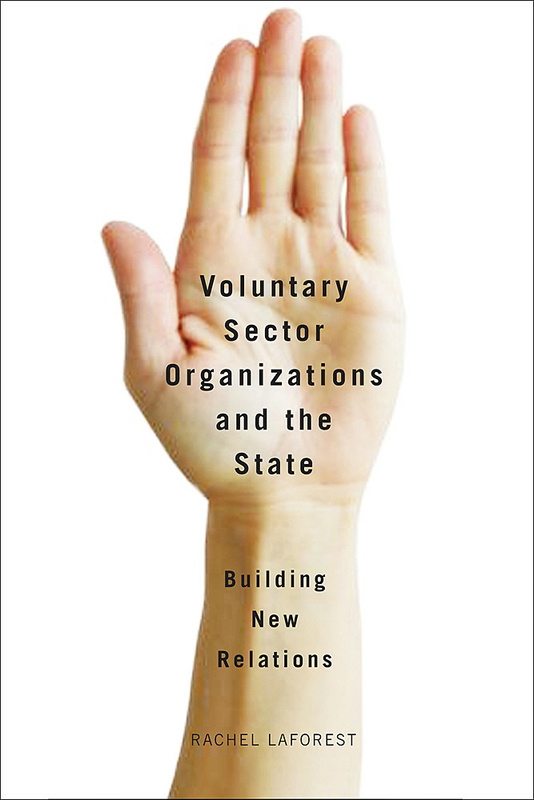
In the early 1990s, voluntary organizations garnered little attention in Canadian policy circles, even though the federal government was simultaneously offloading its responsibility for essential services to the sector and cutting back their funding. Two decades later, the voluntary sector is a key public policy player in federal, provincial, and municipal politics.
Rachel Laforest tells the story of how and why the federal government’s relationship with voluntary organizations changed at the end of the twentieth century. Drawing on interviews and insights from governance theory, social movement theory, and urban studies, she shows why the turnaround represented a significant shift in the way citizens and policy makers view the place of voluntary organizations in public policy. Members of voluntary organizations have struggled for a stronger voice in policy making and redefined their relationship to the federal government through key collaborations such as the Voluntary Sector Initiative and the National Children’s Initiative.
This deft account of how a loose coalition of voluntary organizations was transformed into a distinct sector offers a new conceptual framework for explaining dynamic state-voluntary sector relations at all levels of government.
This book will appeal to academics, activists, and policy makers interested in Canadian politics, public administration, public policy, and issues of governance.
Awards
- 2014, Winner - ANSER/ARES Book Prize, Association for Nonprofit and Social Economy Research
Laforest’s book makes a major contribution to the study of state-voluntary sector relations, linking the work on public policy and civil society. It gives a true sense of the dynamics of the voluntary sector, bringing together policy sectors, internal organizational shifts, and federal government processes. In addition, the author tells a Canadian story in ways that make clear its relation to worldwide shifts in governance.
After years of disparaging most non-state actors as pesky ‘special interest groups,’ the Liberal government embraced certain ‘third sector’ organizations as useful state ‘partners.’ Laforest carefully details how and why this shift in state-voluntary sector relations took place. Her book offers important empirical and analytical insights into this period in Canadian politics and perceptively suggests why it contrasts with, but also lays the foundation for, the subsequent Conservative government’s approach to the voluntary sector.
1 The Changing Relationship between the State and the Voluntary Sector
2 Theorizing the Relationship between the State and the Voluntary Sector
3 Laying the Foundation for Collaboration: The Canadian Case
4 Building Identity and Agency in the Voluntary Sector: From Strategy to Action
5 Designing a Blueprint for Collaboration: Looking at the Big Picture
6 Organizational Dynamics and the Impact of Collaboration
7 Conclusions
Appendices
1 Characteristics of voluntary organizations engaged at a macro scale
2 Characteristics of national organizations in the field of children and family services
3 Characteristics of provincial organizations in the field of children and family services
4 Characteristics of local organizations in the field of children and family services in the Ottawa region
5 Characteristics of local organizations in the field of children and family services in the Montreal region
Notes
References
Index





